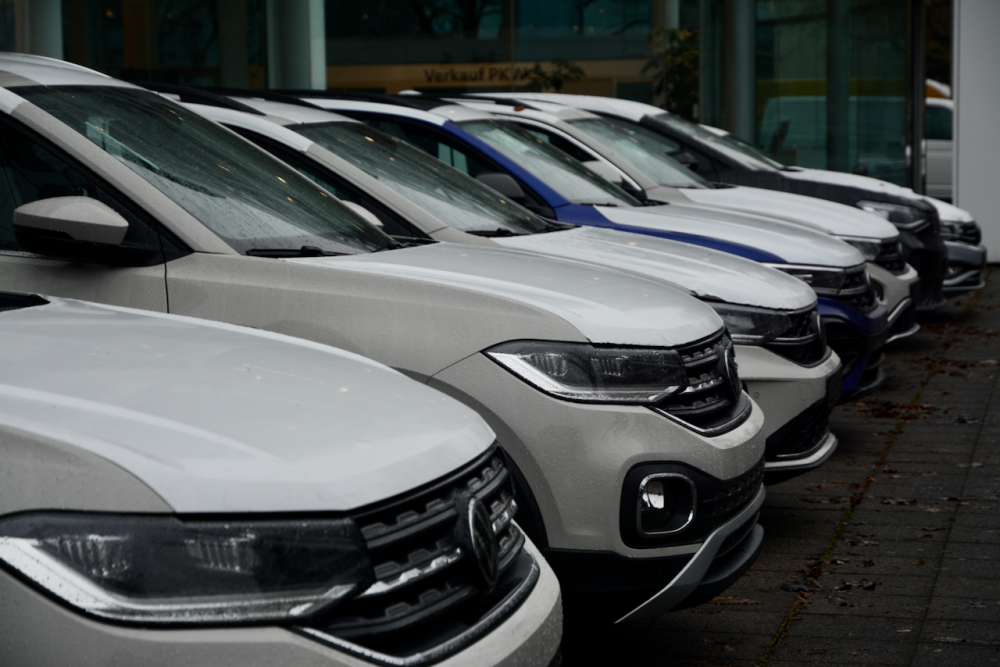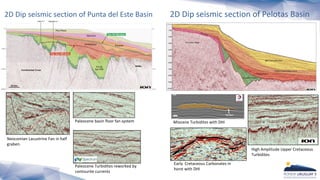Auto Dealers Intensify Opposition To EV Sales Requirements

Table of Contents
Financial Concerns Driving Dealer Opposition
The core of the dealers' resistance to EV sales requirements lies in significant financial hurdles. These challenges threaten profitability and the viability of many dealerships, particularly smaller ones.
High upfront investment costs for EV infrastructure
Transitioning to an EV-centric model requires substantial upfront investments. Dealerships need to invest heavily in charging stations, specialized EV service equipment, and comprehensive employee training programs. This represents a significant financial burden, especially for smaller dealerships lacking the resources to undertake such large-scale upgrades. The lack of sufficient government subsidies or incentives for these infrastructure upgrades exacerbates the problem, creating a substantial barrier to entry for many.
- Increased operating costs: Installing and maintaining charging stations adds to electricity bills and maintenance expenses.
- Reduced profit margins on EVs: The lower service revenue generated by EVs compared to internal combustion engine (ICE) vehicles directly impacts profitability.
- Difficulty securing financing: Obtaining loans for these significant upgrades can be challenging, especially in a volatile economic climate.
Lower profit margins on electric vehicles
Dealerships face another significant financial challenge: lower profit margins on electric vehicles. This is due to several factors.
- Reduced parts sales and repair work: EVs have fewer moving parts and require less frequent maintenance, leading to reduced parts and service revenue.
- Competition from direct-to-consumer EV brands: The emergence of manufacturers selling directly to consumers cuts out the traditional dealership model, intensifying price competition.
- Pressure to lower sales prices: The competitive landscape necessitates price adjustments, often squeezing profit margins even further. Dealers are forced to rely on increased sales volume to compensate for lower profit per vehicle.
Concerns about Sales and Consumer Demand
Beyond financial concerns, auto dealers express anxieties about consumer demand and the practical challenges of selling EVs.
Uncertainty around consumer adoption rates of EVs
The uncertainty surrounding consumer adoption rates is a major source of concern. Several factors contribute to this instability.
- Fluctuating fuel prices and government incentives: Consumer interest in EVs is often influenced by factors outside the control of dealerships, such as fuel prices and the availability of government subsidies.
- Range anxiety and charging infrastructure limitations: Consumers remain hesitant about limited range and the availability of charging stations, especially in rural areas.
- The lack of a robust used EV market: A well-established used EV market is crucial for trade-ins and consumer confidence. The current lack of such a market impacts consumer decisions and dealership inventory management.
Challenges in managing EV inventory and sales processes
The transition to EV sales also presents logistical and operational challenges.
- Different sales strategies and customer expectations: Selling EVs requires a different approach than selling ICE vehicles. Dealerships need to adapt their sales strategies to meet changing consumer preferences and expectations.
- Need for specialized sales training and knowledge: Sales staff require specialized training to understand and explain EV technology and features effectively. This represents an additional cost and training burden.
- Challenges in integrating EV sales into existing dealership operations and systems: Integrating EV sales into existing systems and processes can be complex and time-consuming, requiring significant investment in new technologies and training.
Regulatory Hurdles and Lack of Support
The regulatory environment and lack of sufficient government support further complicate the issue for auto dealers.
Strict compliance requirements and bureaucratic red tape
Dealerships face strict compliance requirements and navigate complex regulatory processes when dealing with EV sales.
- Meeting stringent EV sales quotas without sufficient support: The pressure to meet mandated EV sales quotas is significant, especially without commensurate support from manufacturers.
- Navigating complex regulations and reporting requirements: The regulatory framework for EV sales can be complex and burdensome, demanding considerable administrative effort.
- Lack of clarity and consistency in government policies: Inconsistent and unclear government policies regarding EV mandates create uncertainty and hinder effective planning.
Insufficient government support and incentives
Government support and incentives are crucial for dealers to successfully transition to EV sales. However, this support is currently insufficient.
- Limited financial aid for dealership upgrades and EV infrastructure investments: Financial aid for crucial infrastructure investments is lacking, making it challenging for dealers to comply with EV mandates.
- Inadequate public awareness campaigns promoting EV adoption: A lack of public awareness campaigns contributes to consumer hesitancy and ultimately impacts sales.
- Lack of support from manufacturers in training and marketing of electric vehicles: Dealerships require more support from manufacturers to effectively train their staff and market electric vehicles.
Conclusion
Auto dealers' intensified opposition to EV sales requirements stems from a confluence of financial pressures, consumer demand uncertainties, and regulatory challenges. Addressing these concerns through increased government support, clear and consistent policies, and collaboration between manufacturers and dealerships is crucial for a smooth transition to a more sustainable automotive future. Failure to acknowledge and resolve these issues could result in a significant disruption to the market and hinder the widespread adoption of EVs. Understanding the complexities surrounding EV sales requirements is vital for all stakeholders to ensure a successful transition to electric mobility. We need a collaborative approach to navigate these challenges and overcome obstacles to electric vehicle adoption.

Featured Posts
-
 Palou Victorious Indy Car St Pete Grand Prix Recap And De Francescos Return
May 11, 2025
Palou Victorious Indy Car St Pete Grand Prix Recap And De Francescos Return
May 11, 2025 -
 Sylvester Stallone Et L Art Une Rencontre Memorable
May 11, 2025
Sylvester Stallone Et L Art Une Rencontre Memorable
May 11, 2025 -
 Ufc 315 Press Conference Belal Muhammads Shove Of Jack Della Maddalena
May 11, 2025
Ufc 315 Press Conference Belal Muhammads Shove Of Jack Della Maddalena
May 11, 2025 -
 Offshore Drilling In Uruguay The Search For Black Gold And Its Challenges
May 11, 2025
Offshore Drilling In Uruguay The Search For Black Gold And Its Challenges
May 11, 2025 -
 Ftcs Appeal Against Microsoft Activision Merger A Deep Dive
May 11, 2025
Ftcs Appeal Against Microsoft Activision Merger A Deep Dive
May 11, 2025
